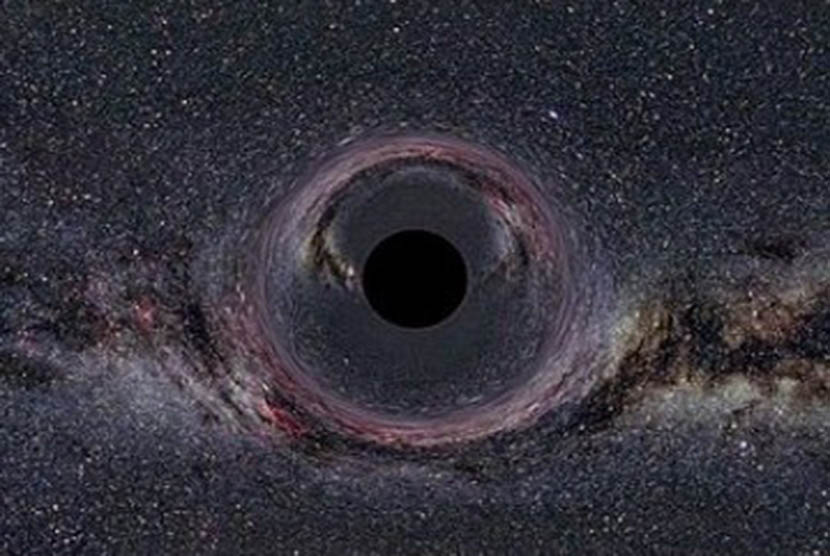IXPE is expected to help scientists investigate the universe.
REPUBLIKA.CO.ID, CAPE CANAVERAL — SpaceX successfully launched its 28th rocket this year on Thursday (9/12) morning. The rocket carried an X-ray observatory into space for the American Space Agency (NASA).
A used Falcon 9 rocket launched at 01.00 (06.00 GMT) from Pad 39A at NASA’s Kennedy Space Center in Florida carrying the Imaging X-ray Polarimetry Explorer (IXPE). The mission marked the fifth flight for booster this particular.
“The lifting of the Falcon 9 and IXPE, a new set of X-ray eyes to see the mysteries of our sky,” NASA TV launch commentator Derrol Nail said during the launch’s live webcast. Space, Thursday (9/12).
Satellite IXPE about the size of a refrigerator. This is a $214 million mission that aims to investigate the physics behind some of the universe’s most dynamic objects, black holes and neutron stars. Astronomers hope this satellite will be their new tool for investigating the mysteries of the universe.
Equipped with three identical telescopes, IXPE will study the polarization of light (how light waves oscillate relative to the direction of the waves) from some of the most dramatic cosmic sources in the universe. Astronomers will be able to fine-tune the structure and study the mechanisms that drive this enigmatic cosmic object.
“What polarization says depends on the source,” Martin Weisskopf, IXPE principal investigator.
“Black holes, for example, don’t have many properties but you can measure spin by looking at variations in the polarimetry of the X-rays coming from these sources,” he said.
The IXPE satellite is the smallest special payload to fly on a rocket SpaceX Falcon 9. Initially, this satellite was scheduled to fly on a Pegasus rocket, but was cancelled. The mission was the 98th launch organized by NASA’s Launch Services Program (LSP), since it began in 1998, and the fifth LSP launch for SpaceX. It is also the first LSP launch to launch from NASA’s historic Pad 39A.
“This is our fifth mission to ride a Falcon 9 and the first to launch from NASA property,” said Tim Dunn, director of NASA’s LSP.
– .


